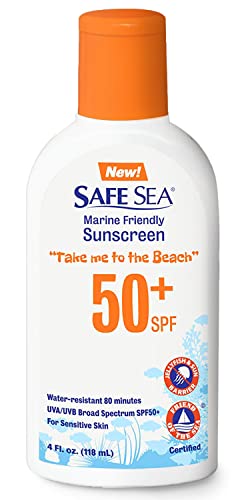So I did two 30 gallon water changes this week to get whatever I may have done to my Alk by using that buffer as suggested by a lfs. Before the two changes my coraline algae was starting to turn white, now things are back to normal. Here are my readings today.
PH 8.0
Ammonia 0
Nitrite 0
Nitrate 0
Alk 12.2 dKH
Calcium 280
Phosphates I was told was barely detectable when I had them tested at Blue Sierra **I do not know the exact reading because for some reason I didn't ask.**
Salinity 1.025
Temp 78.x
As the algae continues to grow and thrive I am still at a cross roads as to what course of action I should take. Here are some pictures today, mind you that I syphoned it all out yesterday morning.
Here is the sand, you cant tell from the picture but the algae comes up from the bottom, its not just covering in patches it strings up.
Looking at my fuel imput:
Water: RO/DI water from a unit purchased in early March, TDS meter reading 0 on the output. Instant Ocean Salt. I mix it up at least a day or two early, mixing with a Maxi-jet 1200 and heated to tank temp.
I feed my fish when I get home from work and about 30 minutes before lights out. They are fed Formula One, and Formula Two flakes. I put one pinch of one in, they eat it all, I put one pinch of the other in, they eat it all. Occasionally they will get frozen Formula One/Two, and Mysis Shrimp. Excess is syphoned out of the tank.
I skim my tank with an ETSS 800 rated for tanks 175g to 400g. I have a 125. Skimmer cleaned weekly.
Back to the Chemistry.....for sake of my sanity here is whats going to happen. I am going to pick up a Phosban reactor to help control Phosphates weather or not they are the cause of my algae.
Lets assume that these are infact Dino Algae. Reducing Photo period didn't help previously as they came back. So to get them gone once and for all I need to raise my pH by dripping Kalk. What is the bare minimum of equipment I need to do that? I get that I should do that for two weeks? I understand what everyone says to do...just dont really know what I need and how to go about it.
Im going to scream.



















































